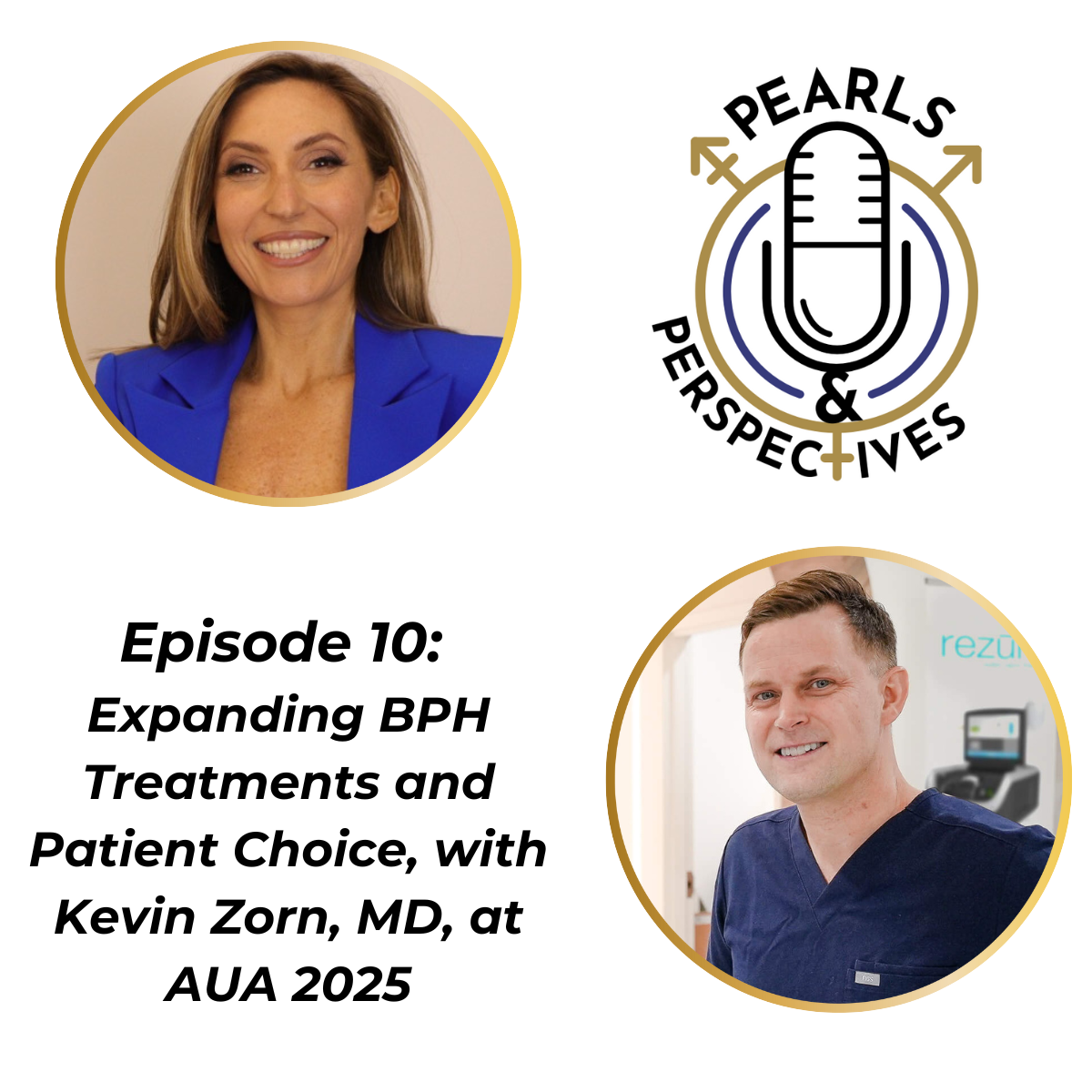News
Article
Darolutamide is safe, efficacious in mHSPC regardless of patient age
Author(s):
Key Takeaways
- Darolutamide plus ADT and docetaxel improved overall survival and delayed mCRPC and subsequent therapy initiation in mHSPC patients, regardless of age.
- The study showed consistent efficacy benefits in both younger and older age subgroups, aligning with the overall population results.
"Patients with metastatic hormone-sensitive prostate cancer benefited from treatment with darolutamide plus ADT and docetaxel regardless of age," said Joan Carles, MD, PhD.
A post hoc analysis evaluating darolutamide (Nubeqa) plus androgen deprivation therapy (ADT) and docetaxel for the treatment of metastatic hormone-sensitive prostate cancer (mHSPC) by age subgroup demonstrated benefits in younger and older patients.1
“The overall survival benefits with darolutamide were achieved despite more patients in the placebo arm receiving subsequent life-prolonging therapy," said Joan Carles, MD, PhD.

The study was presented at the 2025 American Society of Clinical Oncology Genitourinary (ASCO GU) Cancers Symposium in San Francisco, California, by Joan Carles, MD, PhD, of Vall d’Hebron Institute of Oncology in Barcelona, Spain.
Previously reported results from the phase 3 ARASENS trial (NCT02799602) indicated that treatment of mHSPC with darolutamide plus ADT and docetaxel was associated with a significant reduction in the risk of death of 32.5% (HR 0.68; 95% CI, 0.57-0.80, P < .0001) compared with placebo plus ADT and docetaxel. In addition, treatment-emergent adverse event (TEAE) incidence was similar between the treatment groups.2
For the study presented at ASCO GU, Carles and colleagues sought to evaluate post hoc safety and efficacy of darolutamide plus ADT and docetaxel in age subgroups of men younger 75 years of age and men 75 years of age or older. “Age subgroups were analyzed for baseline characteristics including ongoing comorbidities, treatment duration, completion of [darolutamide plus ADT and docetaxel] therapy, use of first subsequent therapy, key efficacy outcomes, and safety,” the authors wrote in their abstract.
A total of 1305 patients were included in ARASENS; their age ranged from 41 to 89 years. Of these patients, 1086 were younger than 75 years of age (83%; darolutamide group = 546; placebo group = 540) and 219 were 75 years of age or older (17%; darolutamide group = 105, placebo group = 114). The investigators reported that baseline and disease characteristics were generally similar in the 2 groups by age subgroup.
“Efficacy benefits with darolutamide vs placebo, in terms of improved [overall survival] and time to mCRPC and time to initiation of subsequent antineoplastic therapy, were similar in the 2 age subgroups, and consistent with the overall population,” the authors wrote in their poster.
During his presentation of the data, Carles reported, “The duration of the study treatment was consistently longer with darolutamide compared with placebo, and most patients completed the full 6 cycles…regardless of age.” Specifically, in patients younger than 75 years of age, 89% completed 6 cycles of treatment vs 88% in the placebo group, and in patients 75 years of age or older, 80% completed 6 cycles of treatment vs 76% in the placebo group.
“Overall survival was improved with darolutamide vs placebo, with hazard ratios of 0.70 [95% CI, 0.58-0.84] in the younger age group and 0.61 [95% CI, 0.41-0.91] in the older age group,” Carles said. The HR for OS in all patients was 0.68 (95% CI, 0.57-0.80, P < .0001). Regarding time to CRPC, the HR was 0.35 (95% CI, 0.30-0.43) in the younger-than-75 age group and 0.42 (95% CI, 0.28-0.64) in the 75-or-older age group. The HR for time to CRPC in all patients was 0.36 (95% CI, 0.30-0.42, P < .001). The HR for time to initiation of subsequent systemic antineoplastic therapy was 0.40 (95% CI, 0.34-0.48) in the younger-than-75 age group and 0.35 (95% CI, 0.22-0.54) in the 75-or-older age group. The HR for time to initiation of subsequent systemic antineoplastic therapy in all patients was 0.39 (95% CI, 0.33-0.46, P < .001).
“The overall survival benefits with darolutamide were achieved despite more patients in the placebo arm receiving subsequent life-prolonging therapy. Abiraterone [Zytiga] was the most frequently used subsequent therapy in both age subgroups, consistent with the overall population. Use of docetaxel or cabazitaxel [Jevtana] sas first subsequent therapy was less frequent in older patients than younger patients,” Carles noted.
Regarding safety, the investigators noted that the incidence, type, and severity of TEAEs “were generally similar” between the darolutamide and placebo groups, although “slightly higher frequencies” were seen in patients 75 years of older. The proportion of patients who discontinued darolutamide or placebo due to TEAEs was low in both age subgroups. Patients in the older age subgroup had a slightly higher incidence of the most commonly observed grade 3/4 TEAEs, including neutropenia and anemia.
“TEAEs commonly associated with AR pathway inhibitors occurred at similar incidences between treatment groups in both age subgroups,” the authors wrote in their poster.
“In conclusion, patients with metastatic hormone-sensitive prostate cancer benefited from treatment with darolutamide plus ADT and docetaxel regardless of age, with improvements in overall survival, time to metastatic castration-resistant prostate cancer, and time to initiation of subsequent therapy compared with placebo,” Carles said.
REFERENCES
1. Carles J, Tombal B, Hussain M, et al. Age-related efficacy and safety of darolutamide plus androgen-deprivation therapy (ADT) and docetaxel in patients with metastatic hormone-sensitive prostate cancer (mHSPC): A subgroup analysis of ARASENS. J Clin Oncol 43, 2025 (suppl 5; abstr 143). doi:10.1200/JCO.2025.43.5_suppl.143
2. Smith MR, Hussain M, Saad F, et al. Darolutamide and survival in metastatic, hormone-sensitive prostate cancer. N Engl J Med. 2022;386(12):1132-1142. doi:10.1056/NEJMoa2119115

















